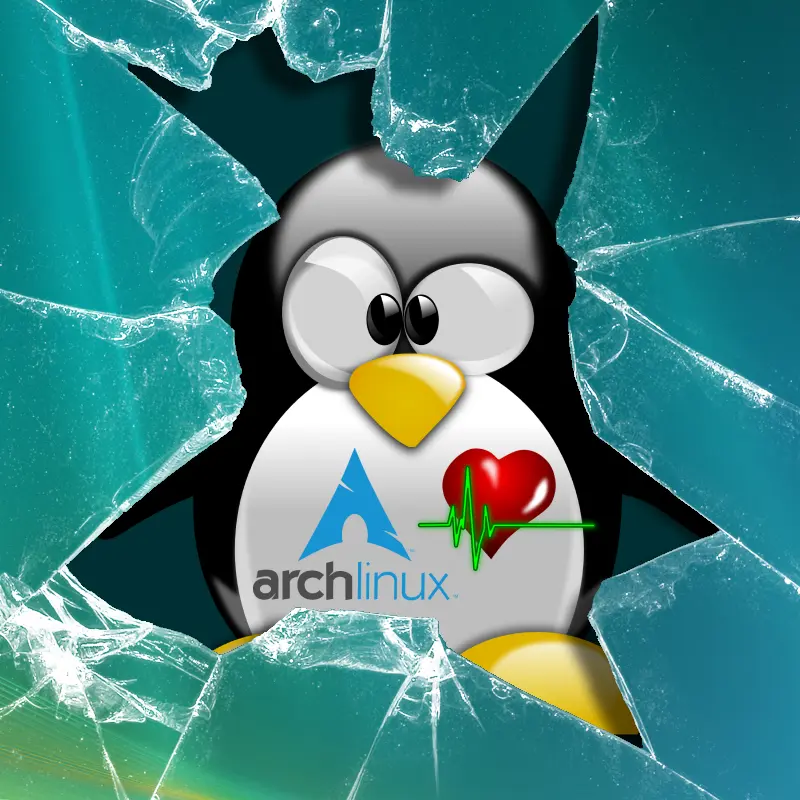I found these interesting Nix OS articles series for users that want to try it and learn first things, have a good reading!
- NixOS Series #1: Why Should You Consider Using NixOS?
- NixOS Series #2: How to Install NixOS on a Virtual Machine?
- NixOS Series #3: Install and Remove Packages in NixOS
- NixOS Series #4: Things To Do After Installing NixOS
- NixOS Series #5: How to set up home-manager on NixOS?
#nixos #linux #tutorial #guide


My usecase is that I want to build a rock-solid workstation laptop for my non-tech-savvy family member.
I configure all the basics in .nix files, and then from there, they can install Flatpak from the software center, like they are used to doing.
Then I can just do a rebuild switch when I see them, make sure it’s all working, and then trust that they probably won’t break the system in-between.
Edit: to be clear, in my own config, if it’s not reproducible, I’m actively working to fix that.
I mean why would you be fully against flatpak? I use NixOS without it and always packaged natively on Arch, but especially when upstream offers flatpak, it makes sense to enable it. Keeps the user-facing programs up to date and somewhat sandboxed while you can have a stable release beneath it. Especially if the system’s actual users aren’t that tech-savvy.
Stuff on unstable tends to break, especially electron-dependent derivations. Stable doesn’t always have the latest and greatest. Flatpak seems like a good compromise for desktop applications in some cases.
Well the only real reason when it comes to Nix is that they aren’t declarative. For a lot of Nix users, the ability to describe every bit of software and all their settings in one giant config file is the draw. Not necessarily anything against Flatpaks themselves.
But I agree, I like being able to mix the two where it makes sense.
NixOS itself by default isn’t fully declarative anyways, nix-env for example is imperative and very comparable to flatpak regarding applications.
I welcome the efforts to move away from all imperative bits in NixOS though. My point was rather not to dismiss an article on NixOS for mentioning flatpaks.
Flakes takes care of a lot of the imperative bits, but some people are wary of them since they’re marked experimental.
I don’t think flakes can do much more declarative than “legacy” nix, rather they increase reproducibility and purity. Also their tooling doesn’t offer imperative stuff by default, but I’m not sure they cover use cases previously solved imperatively. E.g. I don’t think you can install user software through a flake. Sure you can create shells with software available, but that is also possible without flakes.
Maybe my understanding here is wrong though.
They cover a few things – most notably they replace channels, which are imperative.
Unless I’m way off, you can also install user software through flakes if you add them as inputs. That’s what I’m doing with Musnix.
You can also pull a repo and ‘nix run .#software’ from the command-line, without entering a shell. That’s how I’m using NixifiedAI.
True. I never considered channels imperative, but rather a purity issue. But I guess this is a matter of perspective.
I don’t know about this, but that doesn’t mean anything.
True, though this by default only runs the default binary, and you’re probably in a shell anyways, so it doesn’t save that much. Also that output is, to my knowledge, not protected by garbage collection. But my knowledge of any imperative stuff is minimal, so I don’t know if that’s the case there.
Why doesn’t it mean anything? You add the flake as an input (declarative) and then add the software to your config (also declarative).
I’m not arguing that it’s better, or saves time, just that it takes things that were done imperatively, and makes them declarative.